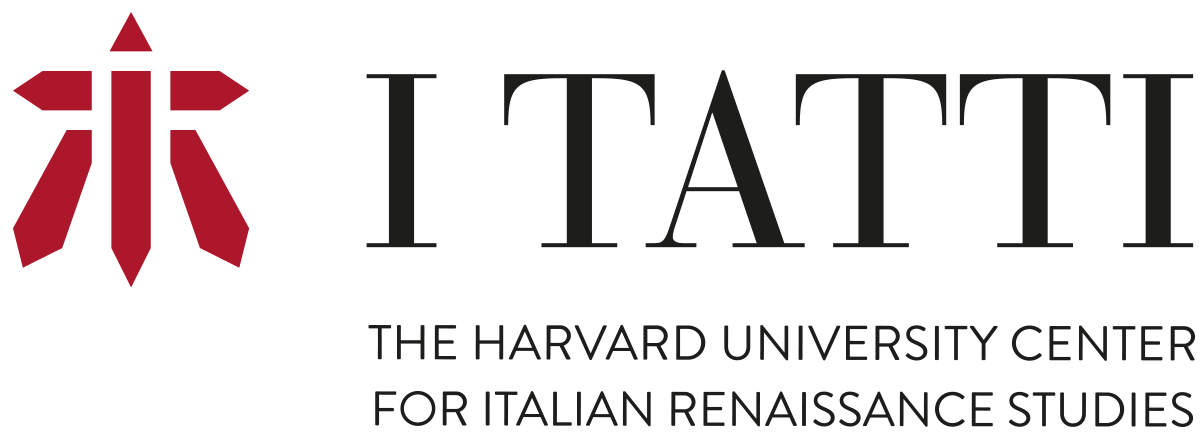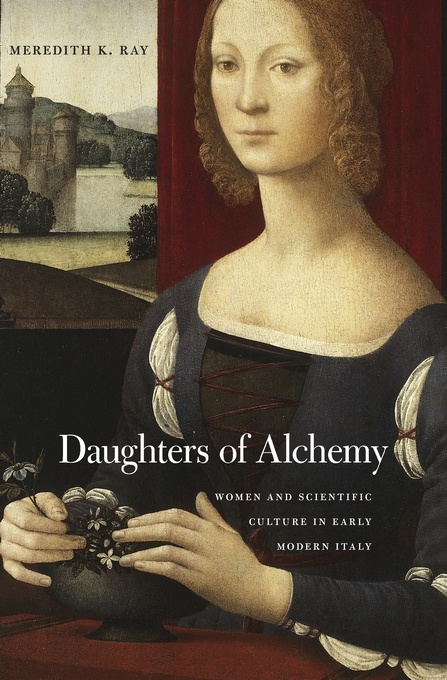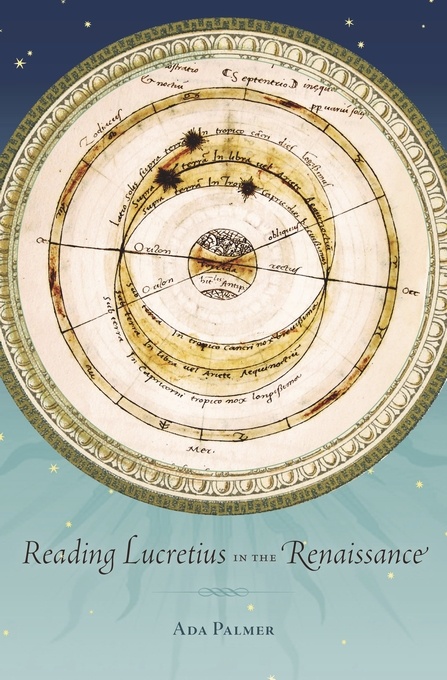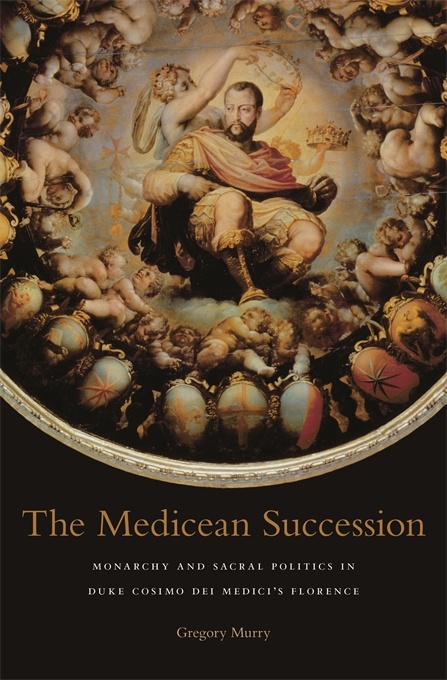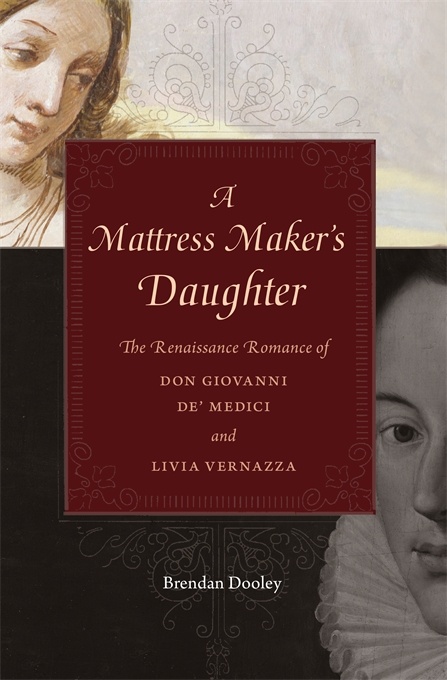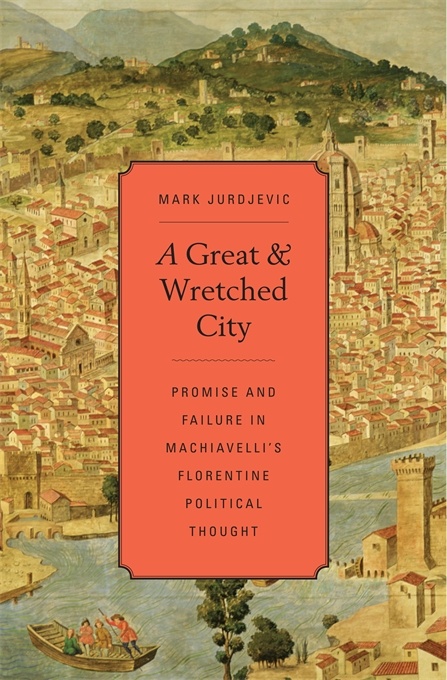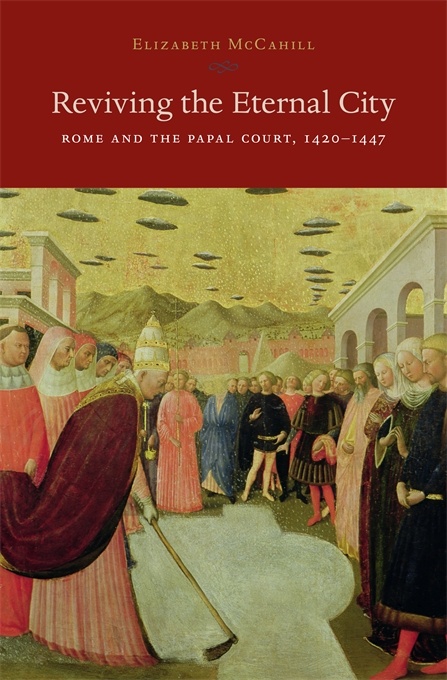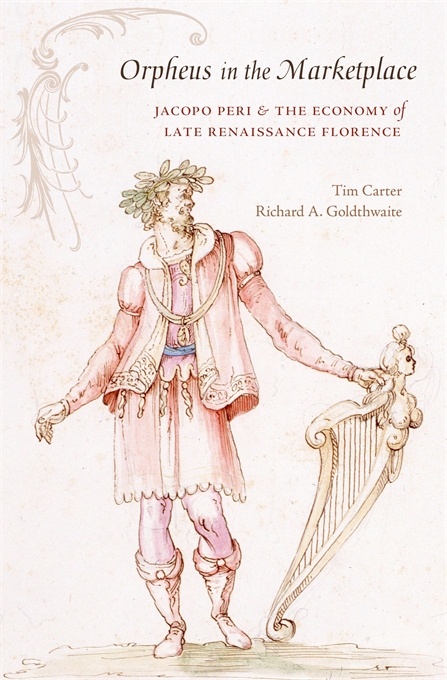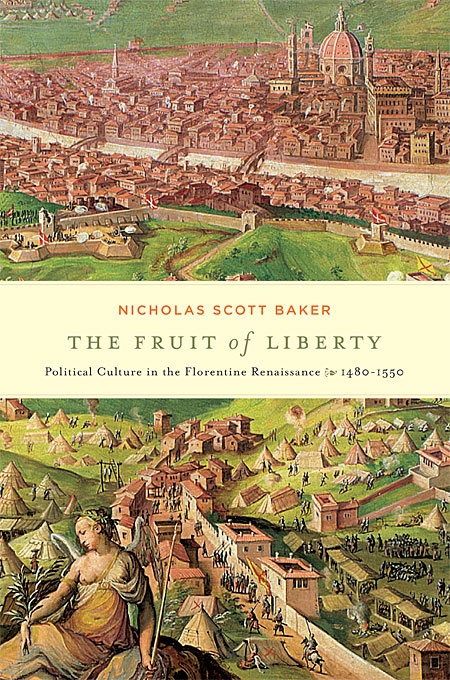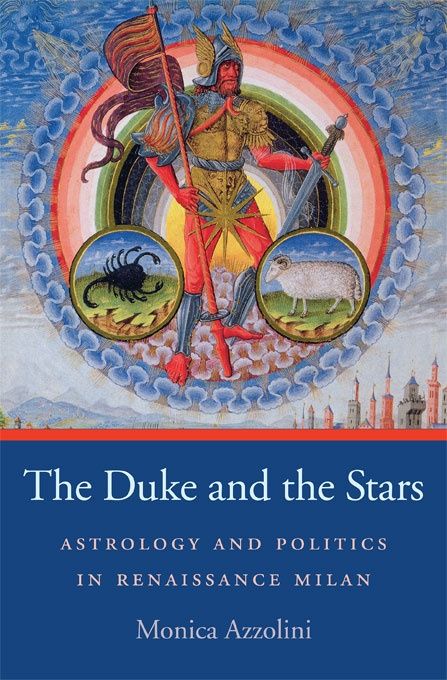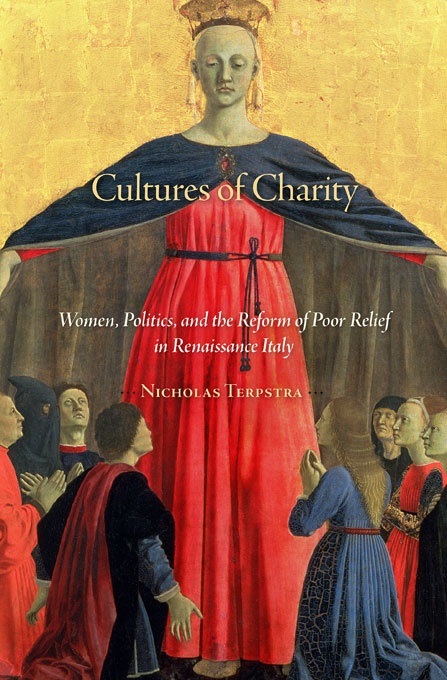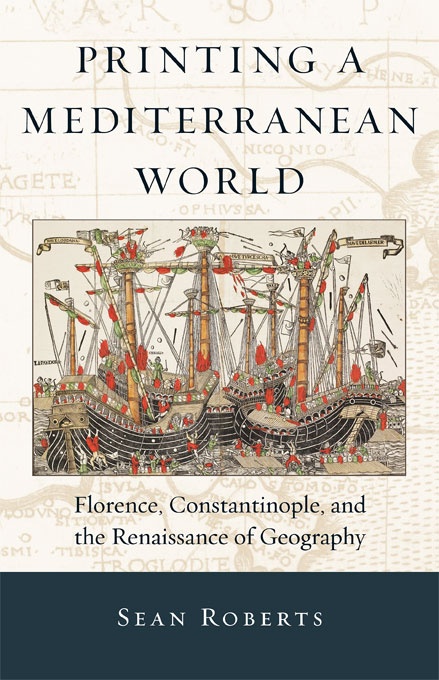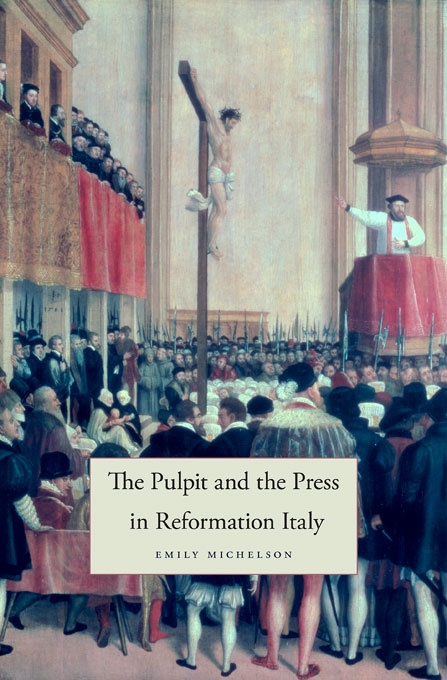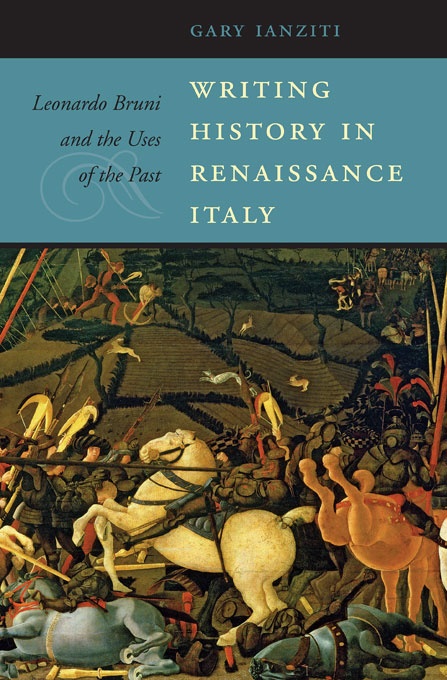I Tatti Studies in Italian Renaissance History
2015. Daughters of Alchemy. Women and Scientific Culture in Early Modern Italy. Harvard University Press, 280. Publisher's Version Abstract
. 2014. Reading Lucretius in the Renaissance. Harvard University Press, 416. Publisher's Version Abstract
. 2014. The Medicean Succession: Monarchy and Sacral Politics in Duke Cosimo dei Medici’s Florence. Harvard University Press. Publisher's Version
. 2014. A Mattress Maker's Daughter: The Renaissance Romance of Don Giovanni de' Medici and Livia Verna. Harvard University Press. Publisher's Version
. 2014. A Great and Wretched City.Promise and Failure in Machiavelli’s Florentine Political Thought. Harvard University Press. Publisher's Version
. 2013. Reviving the Eternal City: Rome and the Papal Court, 1420–1447. Harvard University Press. Publisher's Version
. 2013. Orpheus in the Marketplace: Jacopo Peri and the Economy of Late Renaissance Florence. Harvard University Press. Publisher's Version
. 2013. The Fruit of Liberty: Political Culture in the Florentine Renaissance, 1480-1550. Harvard University Press. Publisher's Version
. 2013. The Duke and the Stars: Astrology and Politics in Renaissance Milan. Harvard University Press. Publisher's Version
. 2013. Cultures of Charity: Women, Politics, and the Reform of Poor Relief in Renaissance Italy. Harvard University Press. Publisher's Version
. 2013. Printing a Mediterranean World: Florence, Constantinople, and the Renaissance of Geography. Harvard University Press. Publisher's Version
. 2013. The Pulpit and the Press in Reformation Italy. Harvard University Press. Publisher's Version
. 2012. Writing History in Renaissance Italy: Leonardo Bruni and the Uses of the Past. Harvard University Press. Publisher's Version
. 2010. The Return of Lucretius to Renaissance Florence. Harvard University Press. Publisher's Version
